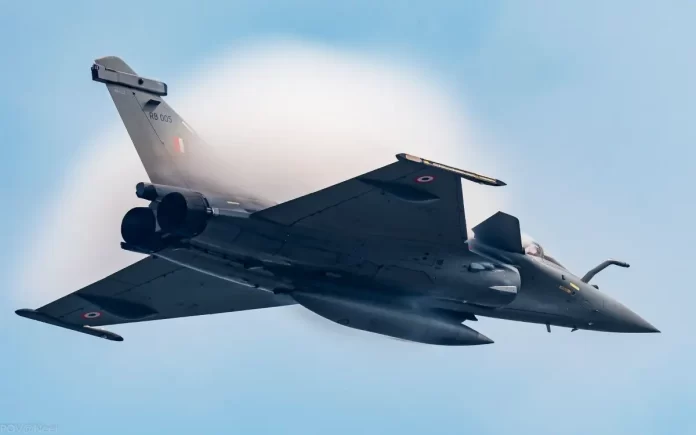New Delhi: Amidst heightened tensions along its borders with Pakistan and China, India is accelerating the development and deployment of advanced indigenous airborne early-warning and control (AEW&C) aircraft, often dubbed “Eyes in the Sky”. These aircraft are poised to enhance surveillance, detection, and combat coordination capabilities against potential threats from neighboring adversaries.
The DRDO-IAF partnership is vigorously advancing programs to produce six Mark-1A and six Mark-2 versions of the Netra AEW&C aircraft. Three Netra aircraft were previously developed and inducted from February 2017 onwards.
According to sources, the defense ministry is set to consider the acceptance of necessity (AoN) for the six Mark-1A aircraft next week. These aircraft will be equipped with active electronically scanned array antenna-based radars, electronic and signal intelligence systems installed on Brazilian Embraer jets, with an estimated cost of around Rs 9,000 crore.
“These six AEW&C aircraft will resemble the first three Embraer-145 jet-based Netra, featuring 240-degree radar coverage. However, they will incorporate improved software and advanced technologies, such as new gallium nitride-based TR (transmit/receive) modules for the radars,” a source explained.
Development work on the six Mark-2 aircraft, boasting larger and more capable versions of AEW&C radars and sensors mounted on second-hand Airbus-321 planes acquired from Air India, is progressing rapidly at a cost of Rs 10,990 crore.
“The first delivery of such AEW&C Mark-2 aircraft, equipped with an additional nose antenna for 300-degree radar coverage, is anticipated in 2026-27. Technologies from the Mark-2 aircraft will be integrated into the Mark-1A variants,” the source elaborated.
Both projects hold strategic importance for India as it seeks to bridge the gap with its regional counterparts. Currently, India lags behind Pakistan and China in the AEW&C and AWACS (Airborne Warning and Control Systems) domain. In addition to the existing Netras and Israeli Phalcon AWACS mounted on Russian IL-76 transport aircraft, India aims to strengthen its surveillance capabilities to counter potential threats effectively.
Pakistan possesses 11 Swedish Saab-2000 Erieye AEW&C and Chinese Karakoram Eagle ZDK-03 AWACS aircraft, while China boasts around 30 AEW&C aircraft, including Kong Jing-2000 ‘Mainring’, KJ-200 ‘Moth’, and KJ-500 aircraft.
The urgent need for additional AEW&C aircraft was underscored during the aerial skirmish with Pakistani fighters aided by Saab-2000 Erieye AEW&C in February 2019. The ongoing border standoff with China in eastern Ladakh has further emphasized the necessity for bolstering surveillance capabilities.
An essential advantage for the Indian Air Force (IAF) lies in the seamless integration of existing Netras and Phalcons into its integrated air command and control system (IACCS). This fully-automated air defense network, equipped with data links, is continuously expanding to integrate various military and civilian radars, enhancing surveillance coverage across Indian airspace.



